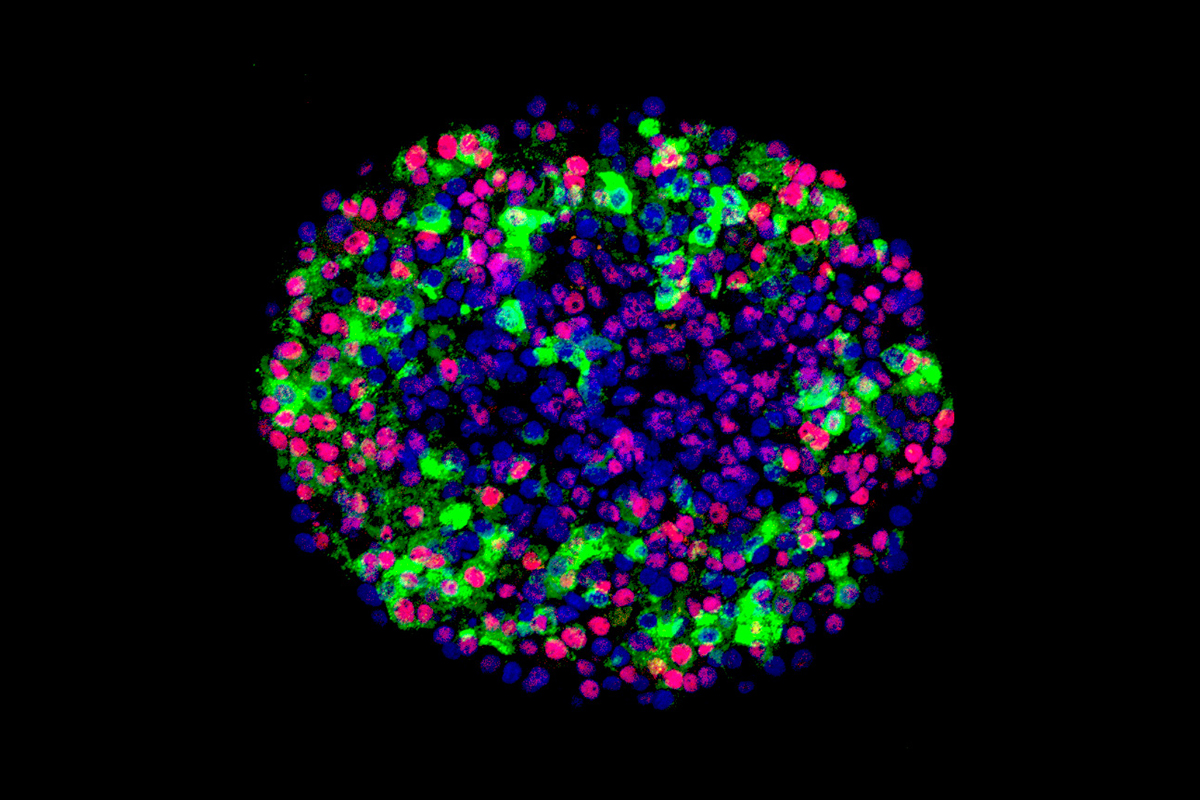Researchers May Be Getting Closer to a Diabetes Cure

Insulin-producing cells are protected inside capsules. Photo courtesy of MIT Koch Institute
A scientific breakthrough from MIT, Harvard, Boston Children’s Hospital, Joslin Diabetes Center, and UMass Medical School could put a cure for type 1 diabetes within reach.
Type 1 diabetics’ immune systems mistakenly attack insulin-producing cells, making it impossible for the body to naturally make enough insulin to properly process energy derived from food. The multi-institution research team, however, may have found a way to prevent the immune system from destroying insulin-producing cells made from stem cells. Doing so could pave the way to a diabetes treatment more effective and less invasive than manual insulin injections.
The researchers developed a capsule that surrounds HSCI-developed stem cells, effectively making the foreign bodies invisible to the immune system. They implanted the encapsulated insulin-producing stem cells into mouse models, where they successfully regulated blood sugar and functioned without immune system attack for at least six months. Based on that promising result, they’ll move next to testing the method in non-human primates, then, hopefully, to human clinical trials.
Daniel Anderson, senior author of the study and a Koch researcher, said in a statement that the discovery suggests that an injection-free future could be a reality for type 1 diabetes patients.
“[This] has the potential to provide diabetics with a new pancreas that is protected from the immune system, which would allow them to control their blood sugar without taking drugs,” he said. “That’s the dream.”


